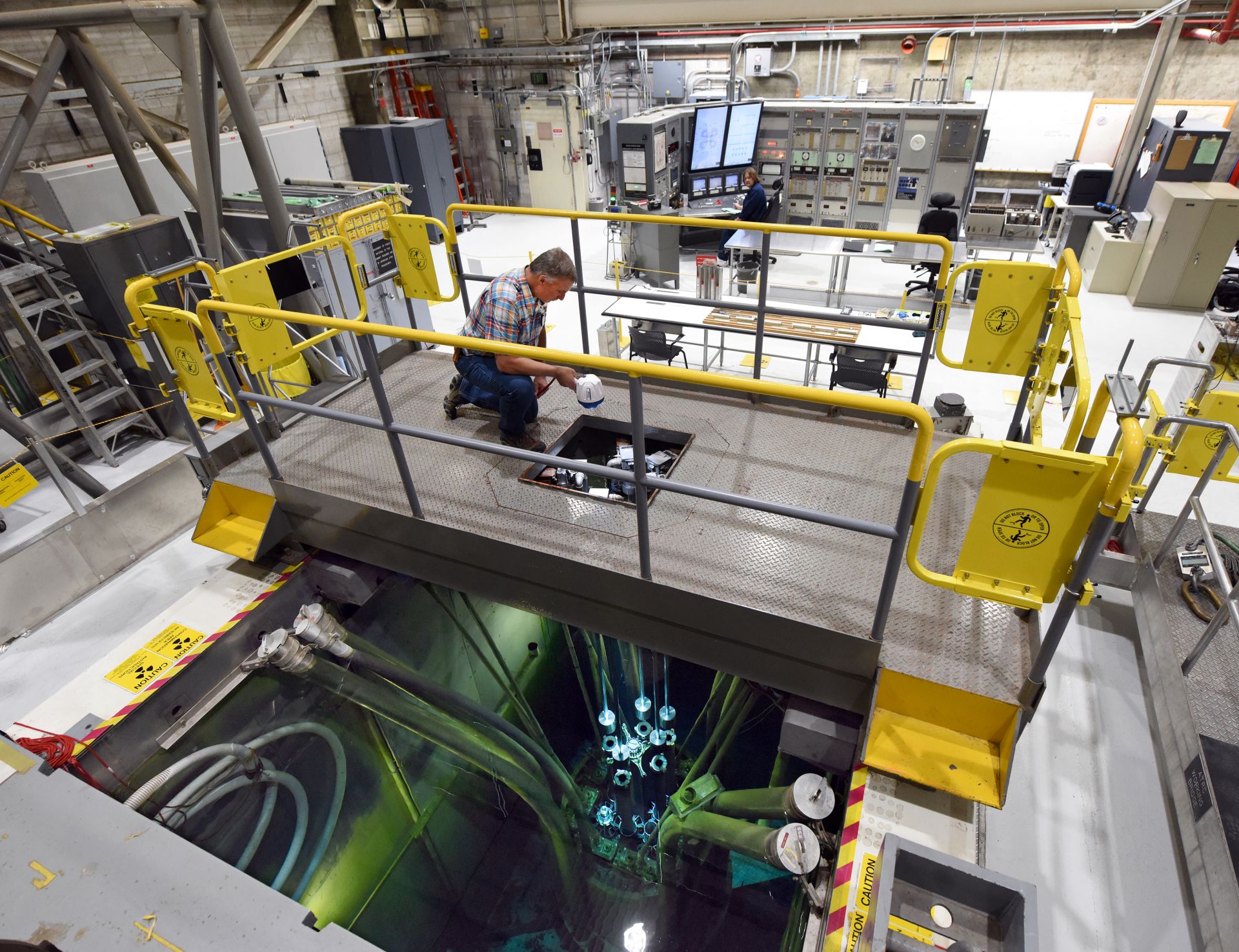Final outage completed at Palisades plant

Palisades: The Covert, Mich., plant reentered commercial operation on October 21 for one last run. Photo: Entergy Nuclear.
Entergy Corporation’s Palisades nuclear power plant returned to service on October 21, following the completion of the Covert, Mich., facility’s final refueling and maintenance outage, which began on August 30.
The company invested more than $86.5 million during the outage, according to Entergy. The plant’s 600 full-time nuclear professionals worked with approximately 800 supplemental workers to replace reactor fuel and to inspect and upgrade hundreds of pipes, pumps, electrical components, and other equipment.










 The Nuclear Regulatory Commission last week announced the publication of the 2020–2021 Information Digest, which describes the agency's mission, responsibilities, accomplishments, and activities and provides general information on nuclear-related topics. The digest is published annually and, beginning this year, will be available electronically only on the NRC’s website.
The Nuclear Regulatory Commission last week announced the publication of the 2020–2021 Information Digest, which describes the agency's mission, responsibilities, accomplishments, and activities and provides general information on nuclear-related topics. The digest is published annually and, beginning this year, will be available electronically only on the NRC’s website.

 Communities that host nuclear power plants face “swift and severe” economic and social impacts following a plant’s closure, according to a report by the Nuclear Decommissioning Collaborative that was released on October 12. The free, 61-page report,
Communities that host nuclear power plants face “swift and severe” economic and social impacts following a plant’s closure, according to a report by the Nuclear Decommissioning Collaborative that was released on October 12. The free, 61-page report,



